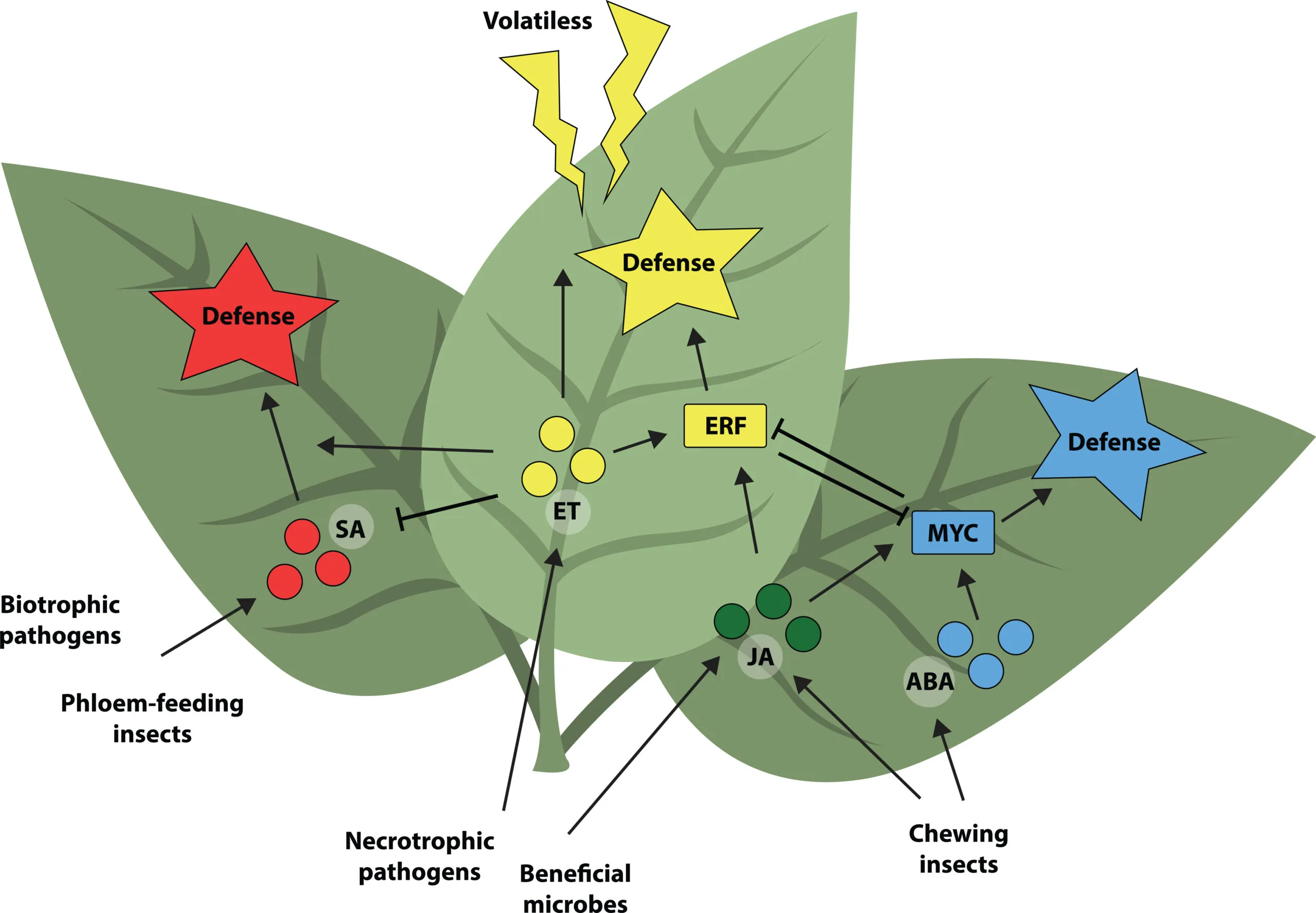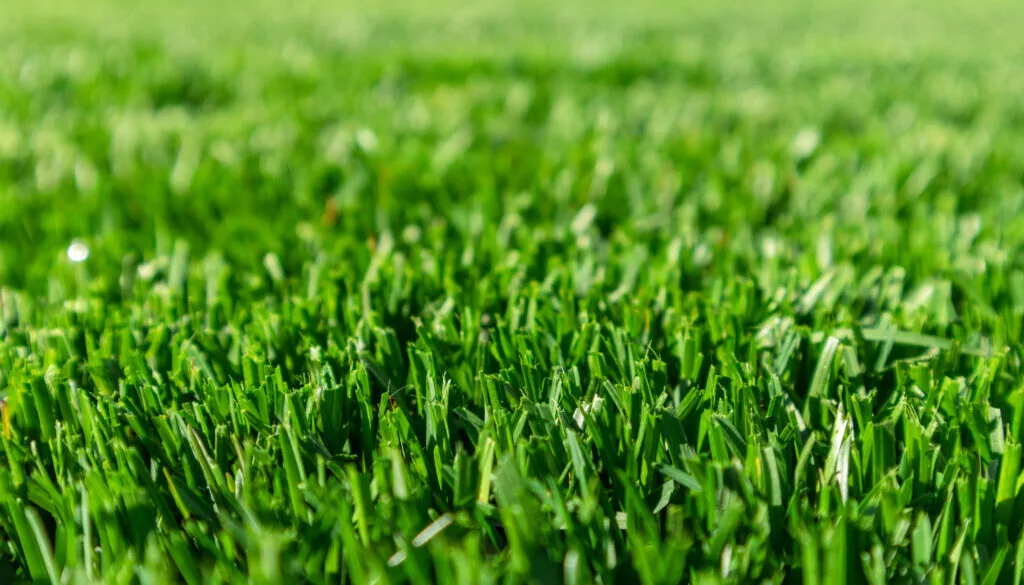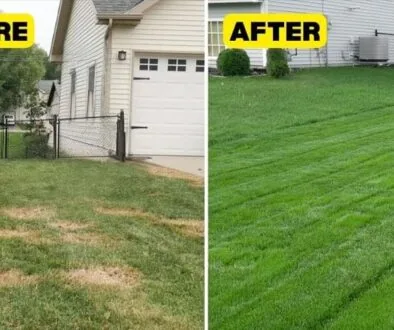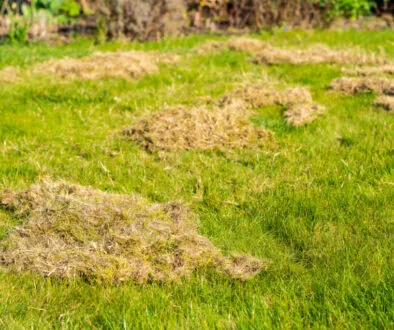Fun Fact of the Day – What is That Fresh Cut Grass Smell?
That Fresh-Cut Grass Smell Is Actually a Plant Distress Call!
Ever taken a deep breath after mowing your lawn and thought, “Ahh… that fresh-cut grass smell is so nice!”? You’re not alone—but here’s the twist: what you’re enjoying is actually a plant’s version of a scream.
When grass is cut, it releases a group of organic compounds called Green Leaf Volatiles (GLVs). These airborne molecules are responsible for that signature sweet, green scent we associate with summer lawns and hayfields. But they aren’t just pleasant-smelling byproducts—they serve a very specific purpose in nature.

GLVs are part of a plant’s natural defense system
Think of them as botanical 911 calls. When a lawnmower (or a grazing animal) slices through grass blades, the damaged cells release GLVs as a distress signal. These compounds have multiple fascinating functions:
Warning Other Plants: Neighboring grass and plants can “smell” the GLVs and ramp up their chemical defenses, becoming more resistant to damage or disease. It’s a bit like shouting, “Heads up, danger’s coming!”
Calling in Reinforcements: Even cooler? These volatiles can attract beneficial insects like parasitoid wasps or ladybugs—tiny allies that prey on plant-eating pests. It’s nature’s version of calling in the cavalry.
Healing Help: GLVs can also help the plant itself by slowing down microbial growth at the wound site and activating internal healing responses.
So, the next time you breathe in that fresh, nostalgic scent after mowing, remember: you’re not just smelling summer—you’re eavesdropping on a fascinating conversation between plants and their ecosystem.





